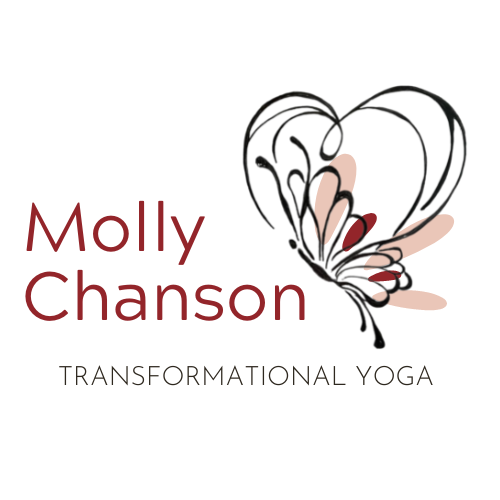Practice Joy
So often we relate to emotions in our mind. In fact, as much as we do feel emotions in different places in our body, we probably have an easier time rationalizing emotions in our mind. Once we name the emotion, we act. If we are sad, we cry or lash out. If we are angry, we might isolate or cancel plans. If we are happy, we sing and dance, or call a friend.
At some point during adolescence, we learned to name our emotions and define what they mean. We became conditioned and accustomed to naming the emotion first in our mind, and then feeling our way through our body. Possibly, we didn't acknowledge our body at all. "Sad" just meant sad, with no regard for what the body may be feeling.
Often during a counseling session, when talking about something that disturbs me, the therapist will ask, "Where do you feel that in your body?" It took me some time to consider that the emotion WAS actually somewhere in my body, and could be felt at all. Many of us have limited connection with our bodies and where an emotion might be palpable.
What does sadness feel like as sensation? What if you didn't name it first, but instead felt the emotion simply as sensation? Sadness might feel different in the body depending on what caused it. The sensation of sadness might not feel the same every single time, and might not require the same reaction.
One thing that prevents us from breaking the conditioning of the mind, is our stories. We have many stories we believe about ourself, all based on our life experiences. We equate these stories to our identity. We forget that despite any of our experiences, we are a body, connected to an energetic being, and yes, connected to a state of joy.
When our body is connected with heart, soul, and truth, there is a sensation of joy. Even if something bad or tragic is happening in our outside world, our being can be in a state of joy, meaning we are connected to something larger than ourself.
Just like the tree is not dependent on anything outside itself to remain a tree, our Self is not dependent on external people, places, or circumstances.
Despite being sad, we can practice self care. We can eat healthy, reach out to people, and get enough sleep. These self-care practices are rooted in our state of joy, of love for oneself.
Consider a time when you exercised, did yoga, or meditated. Or, consider a time you went to a concert, ran through a rainstorm, or laughed really hard with friends. After any of these experiences, you may have felt free, lighter, and more joyful. Even if something uncomfortable or challenging was playing out in your life, you were able to glimpse your true state of joy despite the external chaos.
Practices that bring us deeper into our body remind us of this true state of being, a state of joy. Practices that connect us to our emotions first in the body, instead of naming them in our mind, allow us to view the sensations more objectively. We don't feel the strong urge to react. If our stomach aches, we might be worried. We also might be hungry or thirsty. We might be tired. We might need to get up and walk around. We don't have to attach every sensation in the body to our very identity.
Place your hand on your heart. What do you feel?
There is a rhythm inside and it's more than the beat of your heart. The rhythm is energy, and a connection to your truest state. Placing your hand on your heart may feel vulnerable, even scary at first. Acknowledge your body's reaction as sensation. Speak kindly. Do something loving for yourself today. No matter what fears, worries, attachments, or challenges you face, your inner state of joy is always accessible.

